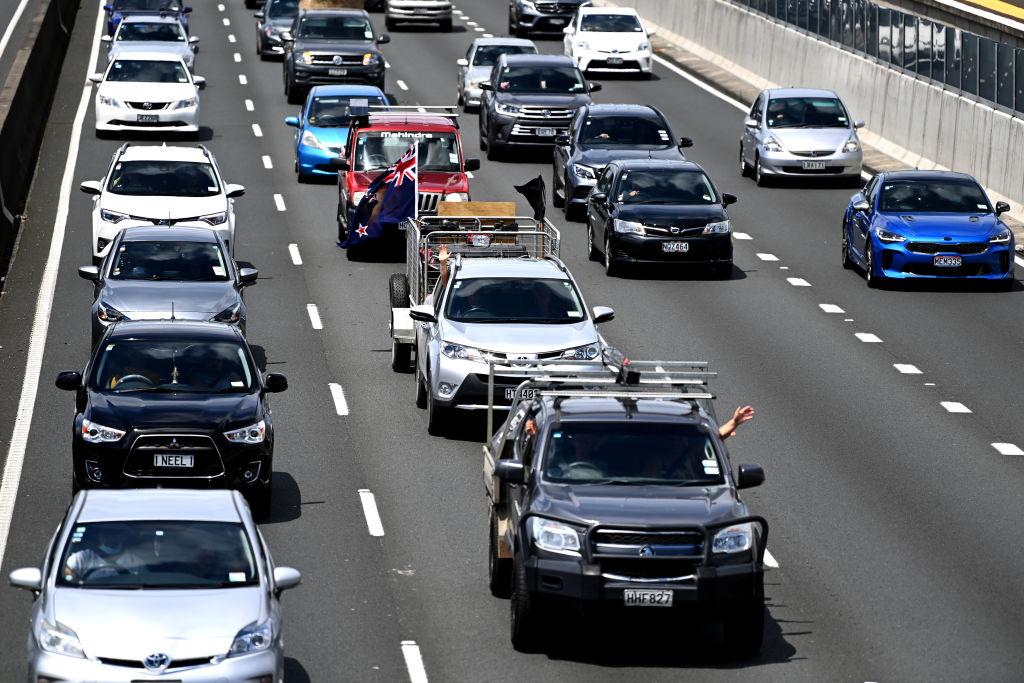Analysis
Not only do New Zealand Police have no idea how many automatic number plate recognition (ANPR) cameras are accessible, but neither does the privacy commissioner.

Not only do New Zealand Police have no idea how many automatic number plate recognition (ANPR) cameras are accessible, but neither does the privacy commissioner.